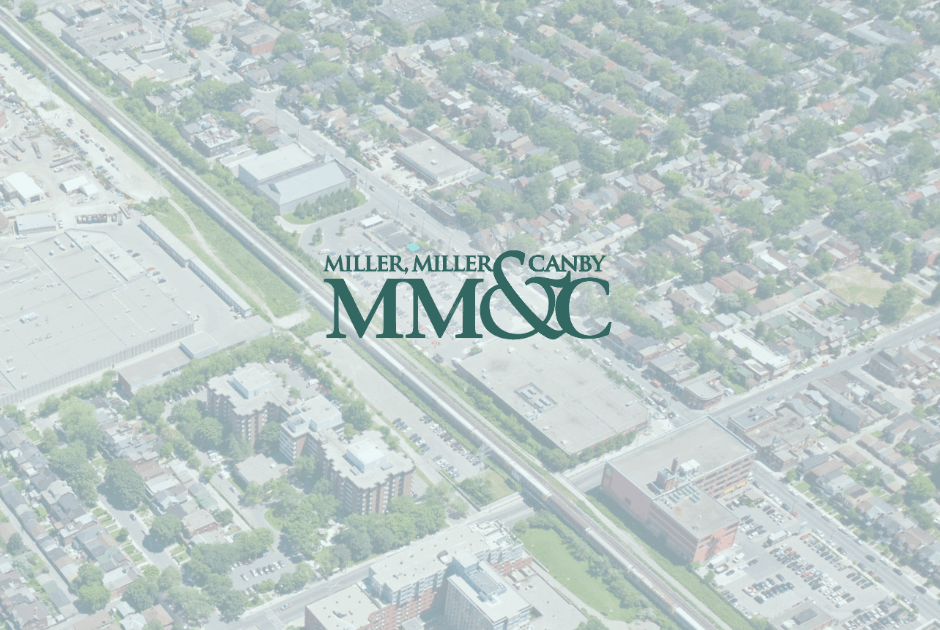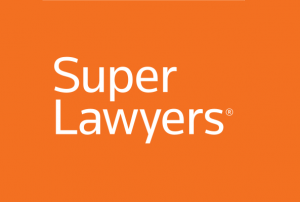
This is a three-part series written by Miller, Miller & Canby Eminent Domain Attorneys discussing Purple Line and how it may impact residents in its path.
What is eminent domain?
“Eminent domain” is the inherent power of a governmental entity to take privately-owned property for a public use. It is generally achieved through the act of condemnation. Both the federal and Maryland State constitutions require that property owners be paid “just compensation” for their property, which means the “full monetary equivalent” for the property that is taken. The purpose in paying just compensation is to make the property owner whole.
How much private property may be taken from a property owner for the Purple Line?
Owners of property in the path of the Purple Line may be subject to having all or part of their property taken, and it may be taken permanently or temporarily. View proposed Purple Line in your neighborhood. If all of your property is taken for the Purple Line, you will be entitled to be paid the full “fair market value” of your property. This is defined as the price a willing buyer would pay and a willing seller would accept, as of the valuation date, for the “highest and best use” of the property. The determination of what constitutes the fair market value of your property is often a matter of dispute and if agreement cannot be reached between the owner and the State, the owner is entitled to a jury trial to determine the amount of Just Compensation to be paid. In some cases, a property owner may be entitled to relocation assistance, which can include moving expenses, utility reconnection expenses, and even a payment to assist in the purchase of a comparable home.
Alternatively, it is possible that the State will only need to take a portion of a property-owner’s land for the Purple Line. If that occurs, you will be entitled to be reimbursed for the value of the land taken, and any damages caused to the remainder of the land that the property owner still owns. Consider, as an example, a case in which portion of a property owner’s front yard is taken, which includes the loss of buffering trees and landscaping. In such a case, the value of the remaining property may be diminished as a result of the taking and that loss would be compensable.
Finally, the State authority may need less than all of your rights in the property, or it may only need your property temporarily during construction. In those cases, the State will condemn an easement over your property—either temporarily or permanently—depending on the need. The State must pay full Just Compensation for the value of any property rights so taken.
The governmental acquisition of property will be discussed in more detail in part III of this series.
For additional information on property rights and to view an Owner’s Handbook: The Condemnation Process and Just Compensation in the State Courts of Maryland click here.
For more information about eminent domain cases, visit the eminent domain section of this website or contact Joe Suntum.









Share this Article: